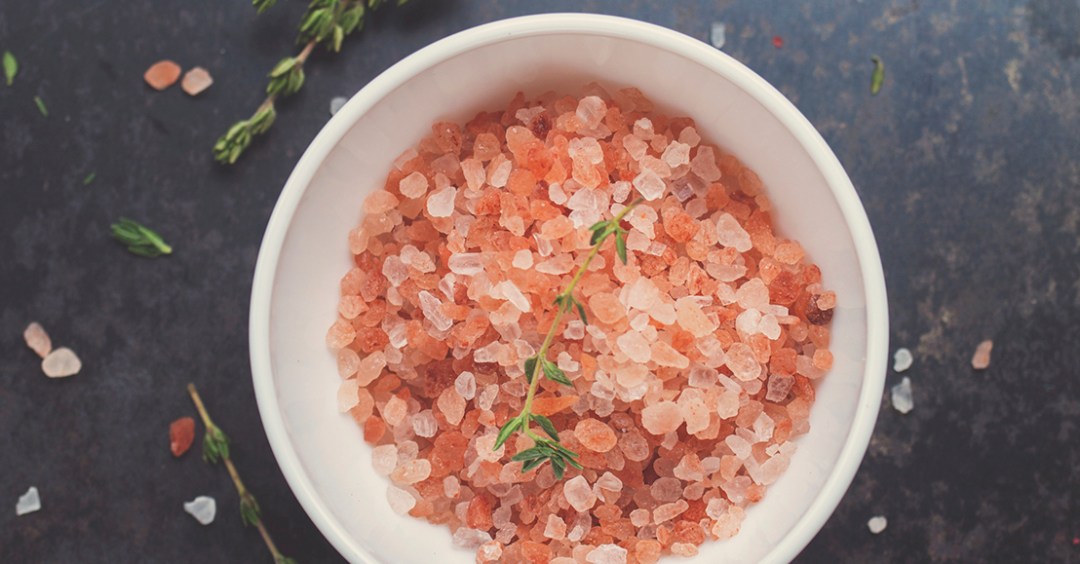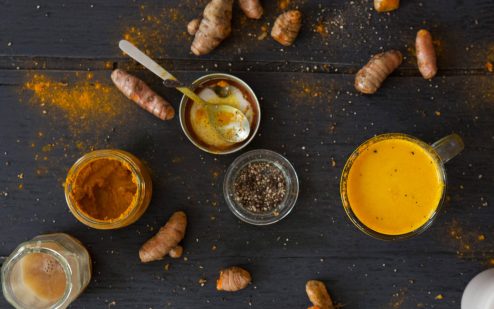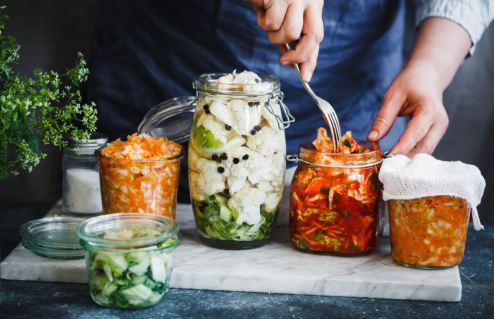The benefits of a sprinkle of salt
A good sprinkle of quality, mineral-rich salt should be revered, not feared, says nutritionist Eve Kalinik

Salt has suffered a bit of a bashing in the press over the past few years. Many an article has linked consumption of this king of condiments to a host of conditions, including high blood pressure and degenerative bone health. But let’s take a small step backwards and differentiate between ‘bad salt’ and the mineral-rich kind that is essential for our health.
Yes, it’s true that processed and junk foods, as well as generic table salt, can be a recipe for disaster. These foods typically contain salt that has been stripped of most of its nutrients, leaving just the sodium chloride part of the equation.
This means we are missing out on the abundance of essential minerals and elements present in naturally derived salts. Salt has always been a part of our diet, but where processed foods have taken over, this means we are consuming a lot more of the ‘empty’ kind. Ironically, this has left our diet depleted in nutrients that would naturally be present if we were just seasoning ‘real’ food with pure salt.
Moreover, it is these unadulterated types of salt that provide us with crucial minerals that work in balance to support fundamental processes in the body.
In short, our bodies would not work without salt. Our heart, muscles, nervous system and absorption of food depend on it and, alongside sodium and chloride, these natural salts also contain nutrients such as magnesium, calcium and many other trace elements.
Some of the unrefined rock salt is said to contain up to 84 different minerals and elements. Now that’s a far cry from your ordinary white table stuff.
Of course, we can overdo it even with the more nutritious versions, which now include everything from native Anglesey sea salt and pink Himalayan salt to Persian blue and even Hawaiian red volcanic. Guidelines indicate that adults should have no more than 6g per day (less for children).
My advice is to get organic salt that’s most local to your geographic area, as you are likely to be ingesting elements that best support you and the surrounding environment, but it can also be fun to experiment with different flavour combinations and colours. Whether it’s a pinch of the white, pink or blue, you can enhance much more than just the flavours on your plate.
Read more from Eve and our #360me team on our dedicated Life Labs blogging channel, here.
Photograph: iStock









